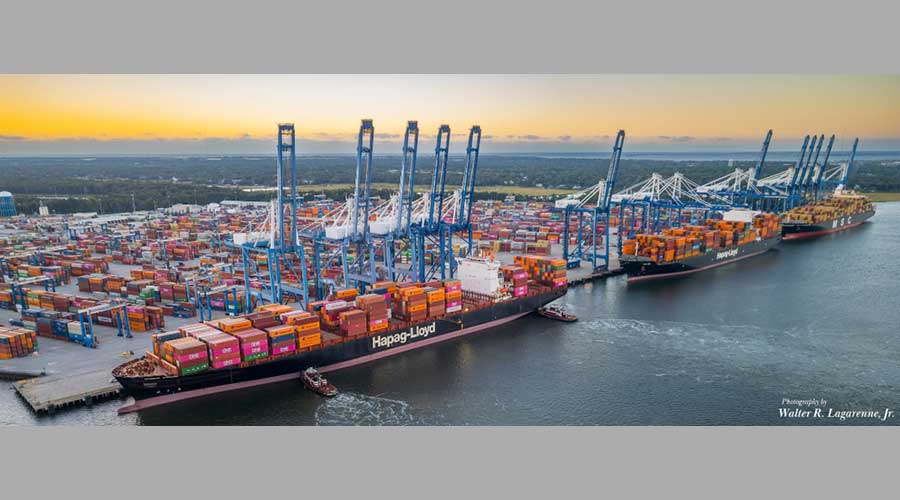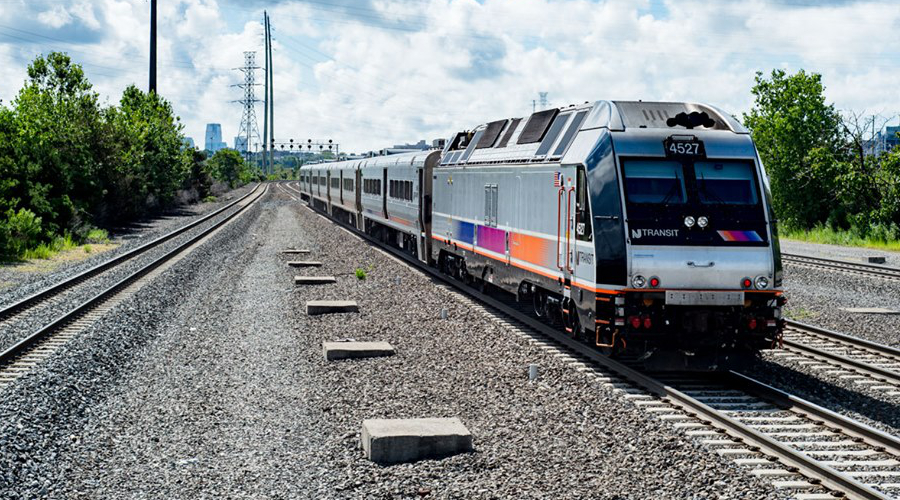Stay updated on news, articles and information for the rail industry
8/27/2013
Rail News: Passenger Rail
Department of Energy, NJ Transit to jointly design storm-resilient power infrastructure system
Yesterday, New Jersey Gov. Chris Christie and U.S. Department of Energy (DOE) officials announced a new effort — NJ TRANSITGRID — to study ways to improve the reliability of New Jersey Transit in the aftermath of Hurricane Sandy.
Under a memorandum of understanding, the department, the state, NJ Transit and the New Jersey Board of Public Utilities will assess the transit agency's energy needs and help develop a conceptual design of an advanced microgram system, state and federal officials said in separate press releases.
Under the agreement, the DOE and Sandia National Laboratories will work with NJ Transit and the state's public utilities board to design a microgrid to power the transit system between Newark and Jersey City and Hoboken, as well as critical stations and maintenance facilities. The project will make it easier to restore power after a major disaster, state and federal officials said.
"This first-of-its-kind electrical microgrid will supply highly reliable power during storms and help keep our public transportation systems running during natural times of disaster, which is critical not only to our economy, but also emergency and evacuation-related activities," said Christie.
President Obama's administration "has been an integral partner with this innovative project, and we will work closely with them in the months ahead to make NJ TRANSITGRID a reality," the governor added.
The agreement is an "important step" in President Obama's plan to address climate change by preparing the nation's infrastructure to withstand serious environmental threats, increasingly severe weather and natural disasters, said U.S. Energy Secretary Ernest Moniz.
NJ Transit is a critical transportation corridor and evacuation route for Manhattan. Hurricane Sandy, Hurricane Irene and other natural disasters exposed the transit system's vulnerability to power outages, state and federal officials said.


 2025 MOW Spending Report: Passenger-rail programs
2025 MOW Spending Report: Passenger-rail programs
 Gardner steps down as Amtrak CEO
Gardner steps down as Amtrak CEO
 Guest comment: Oliver Wyman’s David Hunt
Guest comment: Oliver Wyman’s David Hunt
 Women of Influence in Rail eBook
Women of Influence in Rail eBook
 railPrime
railPrime







